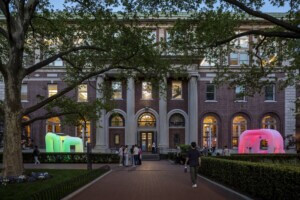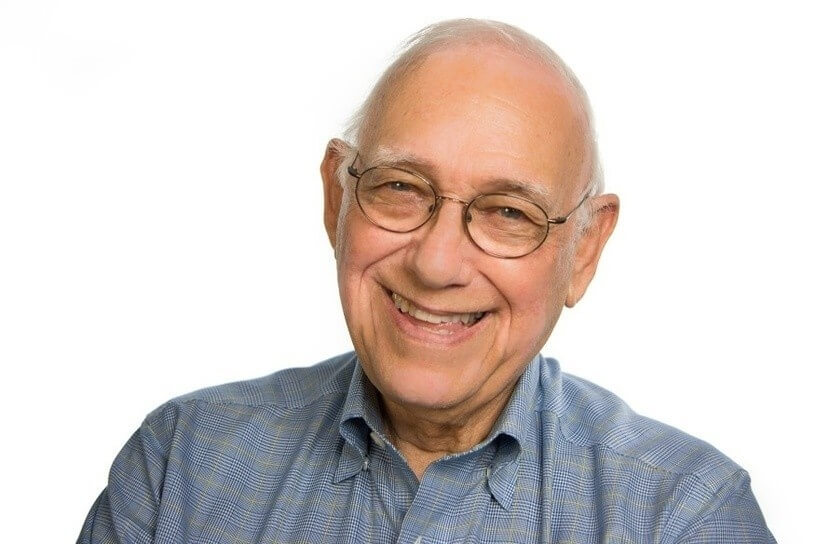Buildings are ideas made physical. They carry silent histories. They manifest culture, values, and technologies. And they also embody environmental impact.
In terms of numbers, buildings account for about one-third of the world’s solid waste, energy consumption, and carbon emissions. They are serious and un-ignorable. The physical presence of buildings has always been imposing, and now the making of buildings has become imposing in a new way.
The energy story involves a striking twist: in the past fifty years, operational energy—defined as the energy for things like heating, cooling, and lighting—has actually declined as a percentage of total energy consumption in buildings. At the same time, embodied energy—defined as the sum of all energy required to extract raw materials and then produce, transport, and assemble the elements of a building—has rapidly increased.
This makes embodied energy an increasingly urgent topic for architecture.
But where exactly is all of this embodied energy? How is it calculated? What are the forces involved? How is embodied energy actionable? And how might architects design with it?
Perhaps one clue is time. Maybe architectural materials should no longer be considered static and permanent, but instead dynamic and continually transforming. And architects will actively design these transformations. They will study where matter has been, specify how it takes shape in building blocks, and plan where it ends up going. In addition to managing the technical performance of energy, architects should choreograph the acts of embodiment and dis-embodiment—and ultimately re-design the experience of time.
Embodied energy is complex, and no single formula or framework is sufficient to encapsulate it. As architecture, engineering, and construction navigate the latest materials, technologies, politics, and environmental outlooks—as well as the increasingly important intersection of quantitative and qualitative factors in design—there has never been a better time to discard default thinking and experiment anew.
David Benjamin is Founding Principal of The Living and Assistant Professor at Columbia University Graduate School of Architecture, Planning and Preservation (GSAPP), where he has organized the symposium Embodied Energy and Design on April 22. Columbia GSAPP’s Embodied Energy Pilot Project is supported by Oldcastle BuildingEnvelope®.
Visualizations by Accurat, based on research by David Benjamin and the Embodied Energy Pilot Project at Columbia GSAPP.










